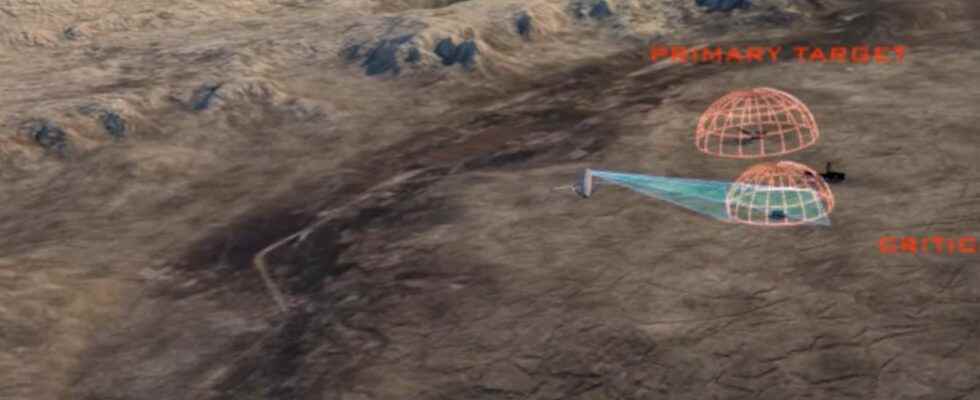You will also be interested
[EN VIDÉO] World record: 1,374 drones make the show in China With more than 1,300 drones engaged in an aerial choreography, Ehang, a Chinese manufacturer, broke the record of its kind on May 1, 2018. Behind all these flight plans, a single computer defined the positions and movements, which had to be done with precision to be measured in centimeters.
In January 2021, Futura explained the fears that the American military may have in the event of an attack by a vast swarm of autonomous killer drones on their positions. General John Murray, Chief of theUnited States Army Futures Commandhad then estimated that only one AI powerful could anticipate this kind of attack.
It is on this same principle of using swarms of drones combined in a network that the US Air Force board for several years now. With their consulting institution Rand Corporation, the military have thus been carrying out simulations for two years of their integration into scenarios for the defense of the island of Taiwan against a Chinese invasion. It appears that only these swarms of autonomous drones operating in a network and sharing their data could change the situation in the event of an invasion.
A swarm of 1,000 drones over the Taiwan Strait could not be differentiated from an F-35 on radar. Believing to target aircraft, surface-to-air weapon systems would not be able to eliminate this mass of drones. In a simulation, this swarm could be used to camouflage the arrival of real fighter planes. This would also make it possible to get the most out of missile surface-to-air to exhaust the enemy’s ammunition and get the fighter planes through, without fear of their destruction.
The video above describes several drone swarm concepts. They could identify and destroy targets or guide attacks. © Darpa
The drone war
In another scenario, the drone could be fitted with jammers to negate the effectiveness of surface-to-air missiles. With their data sharing, the drones would also have the ability to mark the targets to be hit before firing the fighter planes, without ever bringing them closer to the target and thus protecting them. According to Rand experts, by combining networking with the deep learning and a powerful AI, drone swarms could become formidable auxiliaries providing detailed intelligence to reach several targets simultaneously without missing them.
These drones could mark the precise location of a strike on the hull of a boat to ensure its total neutralization with a single shot. As another conclusion of this simulation, the Rand also evokes the capacity that these drone to evolve autonomously and without connection with their base. It is on the 5G band that the military intend to rely so that the drones can maintain their mesh in the swarm, despite very intensive jamming.
If the Americans are therefore betting on these swarms of drones, the Chinese army has also invested enormously in this area. She is also working on these swarms and their advances are undoubtedly far superior to those of the US Navy. This is why a possible future conflict in and around the Taiwan Strait could very well see the Chinese military using its own swarms of drones launched from ships at sea.
Interested in what you just read?
